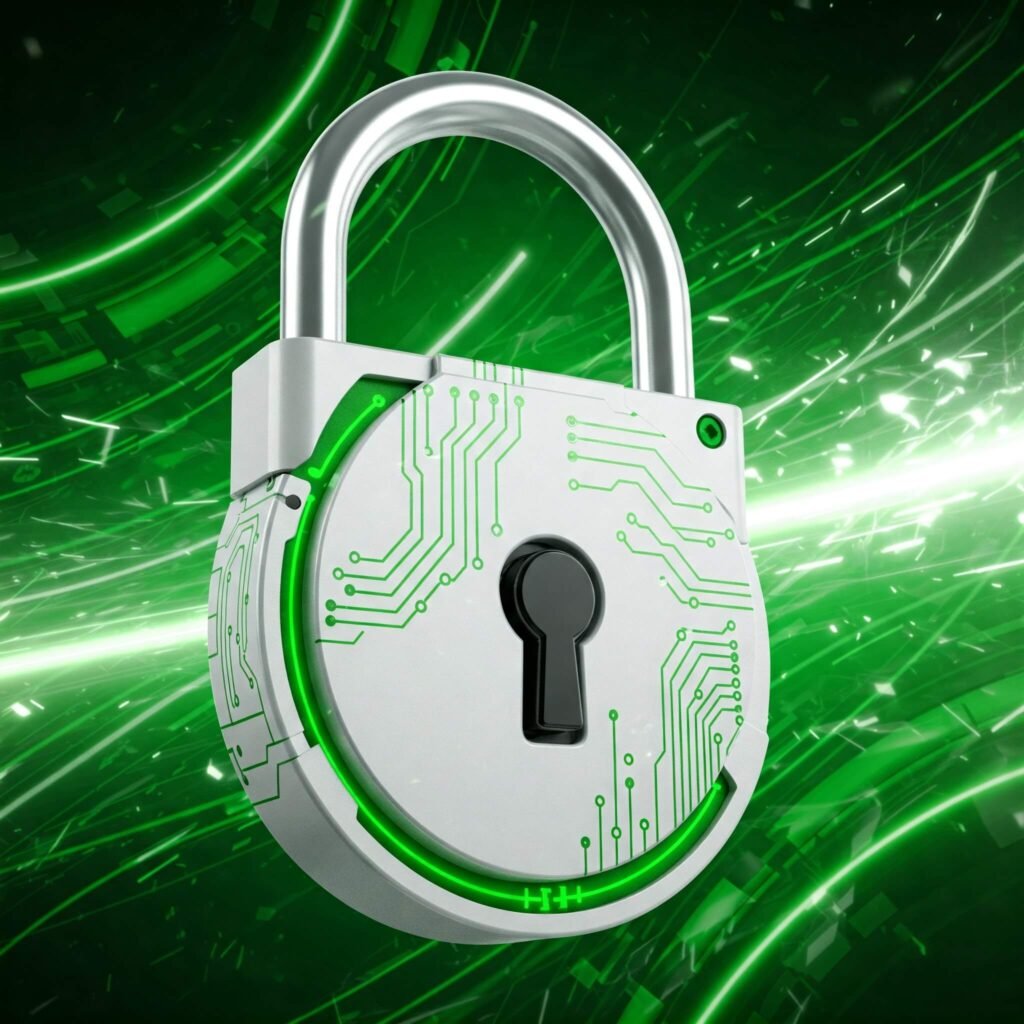In today’s digital age, staying safe online is crucial, especially for women who may face unique challenges like cyberstalking, harassment, or identity theft. This guide offers practical, actionable steps to help women protect their privacy, secure their devices, and navigate the internet confidently. Whether you’re shopping, socializing, or working online, these tips will empower you to stay safe and in control.
Why Online Safety Matters for Women
Women often face disproportionate risks online, from doxxing to targeted harassment. According to a 2023 Pew Research study, 41% of women in the U.S. have experienced some form of online harassment, compared to 25% of men. Understanding how to stay safe online is not just about protecting your data—it’s about safeguarding your peace of mind.
By adopting smart cybersecurity habits, you can reduce risks and enjoy the internet without fear. Let’s dive into practical ways to protect yourself.

Create Strong, Unique Passwords
Weak passwords are an open invitation to hackers. To stay safe online, prioritize strong, unique passwords for every account.
Tips for Secure Passwords
- Use a mix of characters: Combine uppercase, lowercase, numbers, and symbols (e.g., Tr0ub4dor&3xplor3r).
- Avoid personal info: Don’t use birthdays, names, or pet names.
- Use a password manager: Tools like LastPass or 1Password store complex passwords securely.
- Enable two-factor authentication (2FA): Add an extra layer of security by requiring a code sent to your phone or email.
Example: Sarah used “password123” for her social media but switched to a unique, 16-character password with 2FA. When a hacker tried accessing her account, they were locked out.

Be Cautious on Social Media
Social media platforms are a hotspot for oversharing, which can expose you to risks. Staying safe online means controlling what you share and who sees it.
Safe Social Media Practices
- Adjust privacy settings: Make your profiles private and limit who can see your posts or contact you.
- Avoid sharing sensitive details: Don’t post your address, phone number, or vacation plans.
- Be wary of friend requests: Only accept requests from people you know in real life.
- Report harassment: Use platform tools to block or report abusive accounts.
Example: Emma set her Instagram to private and stopped sharing live location updates. When a stranger sent her threatening messages, she reported them and blocked the account.
Protect Your Devices with the Right Tools
Your devices are gateways to your personal information. Securing them is a key part of staying safe online.
Essential Tools for Device Security
- Install antivirus software: Programs like Norton or Bitdefender protect against malware and phishing.
- Use a VPN: A Virtual Private Network (e.g., NordVPN) encrypts your internet connection, especially on public Wi-Fi.
- Keep software updated: Regular updates patch security vulnerabilities.
- Enable device encryption: Encrypt your phone and laptop to protect data if they’re lost or stolen.

Avoid Online Scams and Phishing
Scammers often target women with fake shopping deals, romance scams, or phishing emails. Knowing how to spot and avoid these threats is critical to staying safe online.
How to Spot Scams
- Check email senders: Look for misspellings or unfamiliar domains (e.g., “support@paypall.com”).
- Avoid clicking suspicious links: Hover over links to see the real URL before clicking.
- Don’t share personal info: Legitimate companies won’t ask for passwords or bank details via email.
- Trust your instincts: If an offer seems too good to be true, it probably is.
Example: Maria received an email claiming she won a free iPhone. The link looked suspicious, so she deleted the email and avoided a phishing scam.
Outbound Link: Discover Negotiation Strategies for Women.
Educate Yourself and Stay Informed
Cybersecurity evolves rapidly, and staying safe online requires ongoing learning. Follow trusted sources to keep up with the latest threats and solutions.
Resources for Ongoing Learning
- Subscribe to cybersecurity blogs like Krebs on Security or The Hacker News.
- Take free online courses from platforms like Coursera or Google’s Safety Center.
- Join online communities for women in tech to share tips and experiences.
Actionable Takeaways to Stay Safe Online
- Create strong, unique passwords and enable 2FA for all accounts.
- Limit personal information shared on social media and adjust privacy settings.
- Use antivirus software, a VPN, and keep devices updated.
- Stay vigilant for scams and phishing attempts.
- Continuously educate yourself on cybersecurity trends.





